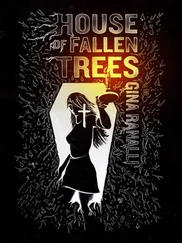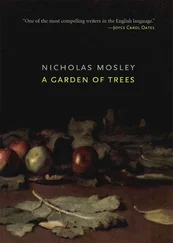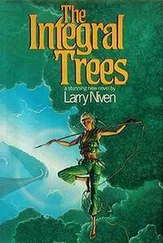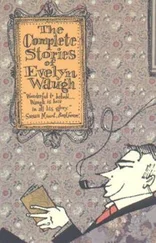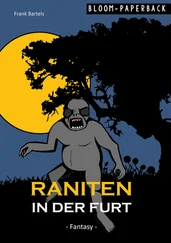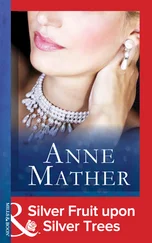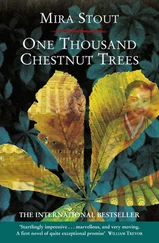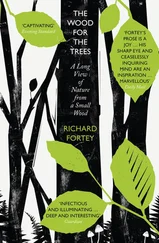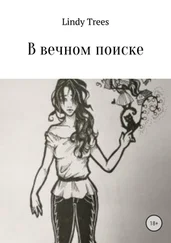Frank Albert Waugh - Dwarf Fruit Trees
Здесь есть возможность читать онлайн «Frank Albert Waugh - Dwarf Fruit Trees» — ознакомительный отрывок электронной книги совершенно бесплатно, а после прочтения отрывка купить полную версию. В некоторых случаях можно слушать аудио, скачать через торрент в формате fb2 и присутствует краткое содержание. Жанр: foreign_prose, Биология, Биология, foreign_edu, foreign_antique, на английском языке. Описание произведения, (предисловие) а так же отзывы посетителей доступны на портале библиотеки ЛибКат.
- Название:Dwarf Fruit Trees
- Автор:
- Жанр:
- Год:неизвестен
- ISBN:нет данных
- Рейтинг книги:4 / 5. Голосов: 1
-
Избранное:Добавить в избранное
- Отзывы:
-
Ваша оценка:
- 80
- 1
- 2
- 3
- 4
- 5
Dwarf Fruit Trees: краткое содержание, описание и аннотация
Предлагаем к чтению аннотацию, описание, краткое содержание или предисловие (зависит от того, что написал сам автор книги «Dwarf Fruit Trees»). Если вы не нашли необходимую информацию о книге — напишите в комментариях, мы постараемся отыскать её.
Dwarf Fruit Trees — читать онлайн ознакомительный отрывок
Ниже представлен текст книги, разбитый по страницам. Система сохранения места последней прочитанной страницы, позволяет с удобством читать онлайн бесплатно книгу «Dwarf Fruit Trees», без необходимости каждый раз заново искать на чём Вы остановились. Поставьте закладку, и сможете в любой момент перейти на страницу, на которой закончили чтение.
Интервал:
Закладка:
F. A. Waugh
Dwarf Fruit Trees / Their propagation, pruning, and general management, adapted to the United States and Canada
PREFACE
The commercial interests have so continuously and completely held the horticultural stage in America during the last two decades that it has been impossible for amateur horticulture to get in a word edgewise. Any public speaker or writer has had to talk about several acres at a time or he would not be listened to. He has been obliged to insist that his scheme would pay on a commercial scale before anyone would hear, much less consider, what he had to tell.
But now a change is coming. Different conditions are already upon us. A thousand signs indicate the new era. With hundreds—yes thousands—of men and women now horticulture is an avocation, a pastime. They grow trees largely for the pleasure of it; and their gardens are built amidst surroundings which would make commercial pomology laugh at itself.
And so I undertake to offer the first American fruit book in a quarter century which can boldly declare its independence of the professional element in fruit growing. I am confident that dwarf fruit trees have some commercial possibilities, but they are of far greater importance to the small householder, the owner of the private "estate," the village dweller, the suburbanite and the commuter.
In other words, while I hope that all good people will be interested in dwarf fruit trees and that some of them will share the enthusiasm of which this book is begotten, I do not want anyone to think that I have issued any guaranty, expressed or implied, that dwarf trees will open a paying commercial enterprise. Because the argument that a thing pays has been so long the only recommendation offered for any horticultural scheme, many persons have formed the habit of assuming that every sort of praise stands on this one foundation.
F. A. Waugh.
Massachusetts Agricultural College, 1906.
I
GENERAL CONSIDERATIONS
A dwarf fruit tree is simply one which does not reach full size. It is not so large as it might be expected to be. It is smaller than a normal tree of the same variety and age.
There are indeed some trees which are normally dwarf, so to speak. They never reach a considerable size. They are smaller than other better known and related species. For example, the species Prunus pumila besseyi is sometimes called the dwarf sand cherry, simply because it is always notably smaller than related species. The Paradise apple is spoken of as a dwarf because it never attains the stature which other apples attain.
But in the technical sense, as the term is used by nurserymen and pomologists, a dwarf tree is one which is made, by some artificial means, to grow smaller than normal trees of the same variety.
These artificial means used for making dwarf trees are chiefly three: (1) propagation on dwarfing stocks, (2) repressive pruning, and (3) training to some prescribed form.
DWARFING STOCKS
The most common and important means of securing dwarf trees is that of propagating them on dwarfing stocks. These are simply such roots as make a slower and weaker growth than the trees from which cions are taken. This will be understood better from a concrete example. The quince tree normally grows slower than the pear, and usually reaches about half the size at maturity. Now pear cions will unite readily with quince roots and will grow in good health for many years. But when a pear tree is thus dependent for daily food on a quince root it fares like Oliver Twist. It never gets enough. It is always starved. It makes considerably less annual growth, and never (or at least seldom) reaches the size which it might have reached if it had been growing on a pear root.
This is, somewhat roughly stated, the whole theory of dwarfing fruit trees by grafting them on slow-growing stocks. The tree top is always under-nourished and thus restrained in its ambitious growth of branches, as seen in Fig. 1.
While the tree is made thus smaller by being grafted on a restraining root, it is not affected in its other characteristics. At least theoretically it is not. It still bears the same kind of fruit and foliage. Bartlett pear trees budded on quince roots yield fruit true to name. The pears are still Bartletts, and can not be told from those grown on an ordinary tree. Sometimes the fruit from dwarf trees seems to be better colored or better flavored than that from standard trees; but such differences are very delicate and usually receive slight thought.
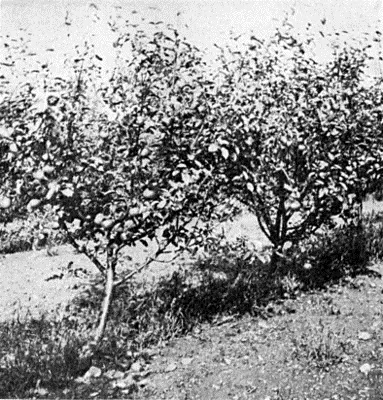
FIG. 1—DWARF APPLE TREES IN WESTERN NEW YORK
Dwarf fruit trees have not been very largely grown in America, but have been much more widely used in Europe. This statement holds good either for commercial plantations or for private fruit gardens. They are coming into more common use in this country because, in both market orchards and amateur gardens, our pomology is coming to be somewhat more like that of Europe. Our conditions are approaching those of the Old World, even though they will always be very different from those of Europe in horticultural matters.
Dwarf fruit trees are particularly valuable in small gardens; and small gardens are becoming constantly more popular among our urban, and especially our suburban, population. This matter is discussed more fully in another chapter. Fruit of finer quality can be grown on dwarf trees, as a general rule, than can usually be grown on standard trees. Every year there are more people in America who are willing to take any necessary pains to secure fruit of extra quality. This remark applies particularly to amateur fruit growers and to owners of private estates who grow fruit for their own tables, but it is no less true of a certain class of fruit buyers, especially in the richer cities. Although $3 a barrel is still a high price for ordinary good apples, sales of fancy apples at $3 a dozen fruits are by no means infrequent in the city markets every winter.

FIG. 2—TRAINED CORDON APPLE TREES
From Loebner's "Zwergobstbäume"
In this respect also we are approaching European conditions. In the markets of the continental capitals in particular fancy fruits are frequently sold at prices which seem almost incredible to an American. Single apples sometimes bring 50 cents to a dollar, and peaches an equal price. Just recently a story has been going the rounds of the newspapers that the caterer for the Czar's table sometimes pays as high as $15 apiece for peaches for the royal table. Hereupon a solemn American editor remarked that if the whole royal family should live upon nothing but peaches it would still be cheaper than carrying on the Japanese war.
Now if there is anywhere within reach a market for apples or peaches at $3 a dozen specimens—and there unquestionably is—then it will pay to grow fancy fruits with special care to meet this demand. This kind of fruit can be grown better upon dwarf trees than upon standards in many cases, if not in most. At least such is the conviction of the present writer. Moreover this has been the experience in the old country.
With such facts in view there seems to be a possible future for dwarf fruit trees, even for commercial purposes. Their present utility in amateur gardens and on wealthy private estates can not be questioned. These various amateur and commercial adaptations of dwarf trees will have to be more carefully analyzed and discussed in a future chapter, and the subject may therefore be dropped for the present.
Читать дальшеИнтервал:
Закладка:
Похожие книги на «Dwarf Fruit Trees»
Представляем Вашему вниманию похожие книги на «Dwarf Fruit Trees» списком для выбора. Мы отобрали схожую по названию и смыслу литературу в надежде предоставить читателям больше вариантов отыскать новые, интересные, ещё непрочитанные произведения.
Обсуждение, отзывы о книге «Dwarf Fruit Trees» и просто собственные мнения читателей. Оставьте ваши комментарии, напишите, что Вы думаете о произведении, его смысле или главных героях. Укажите что конкретно понравилось, а что нет, и почему Вы так считаете.


